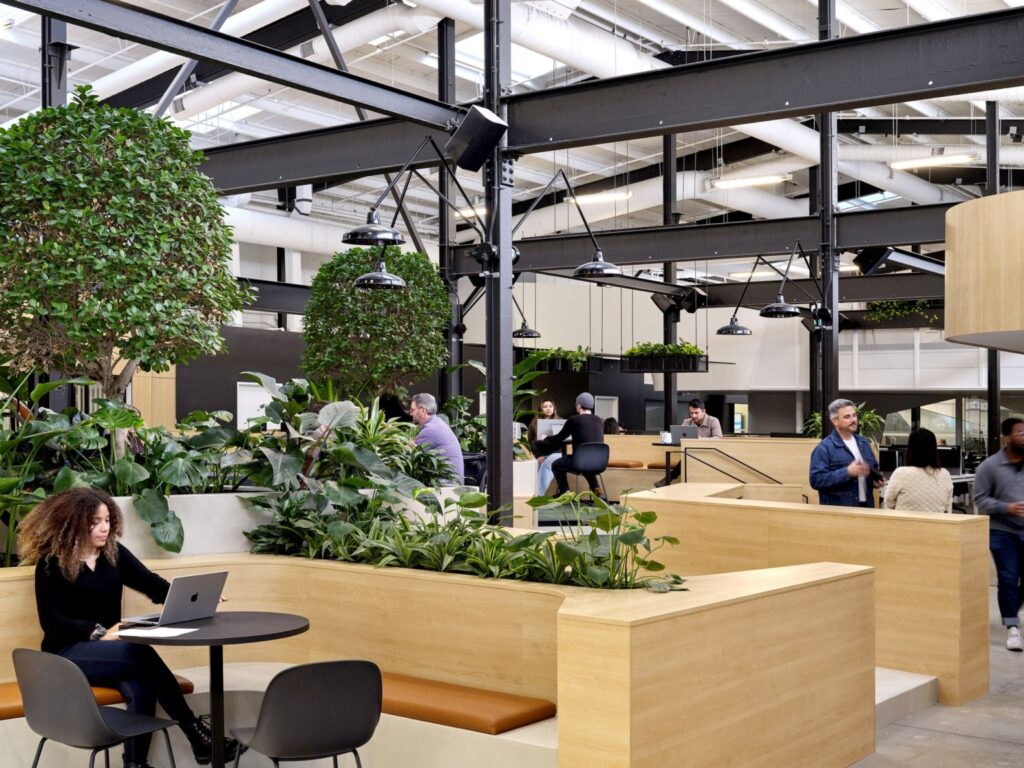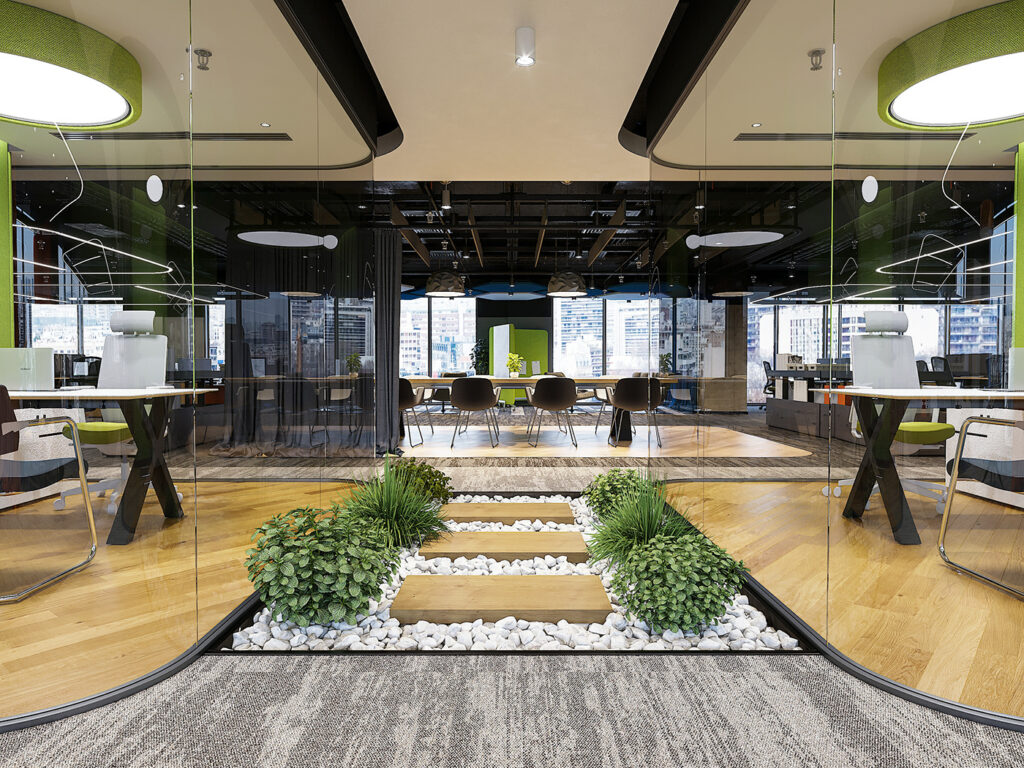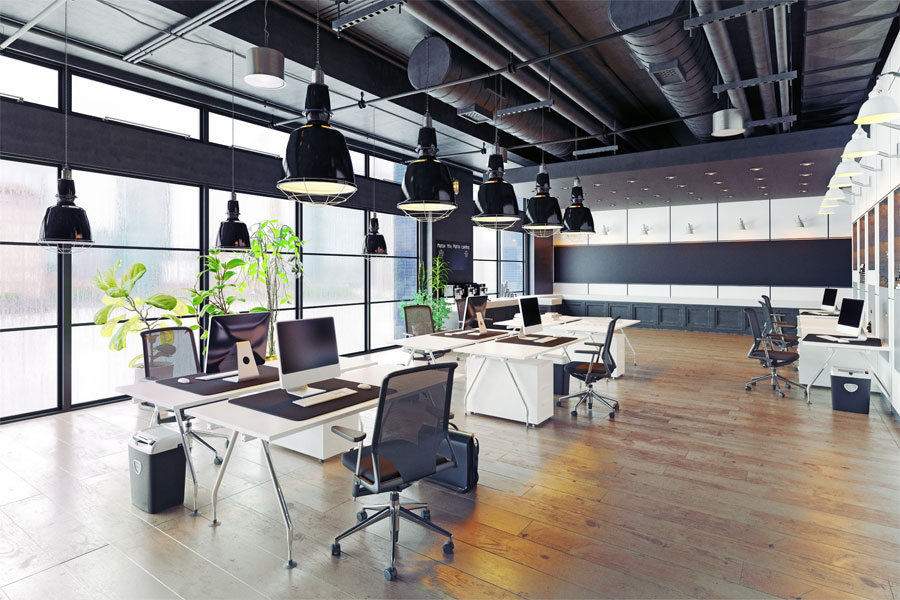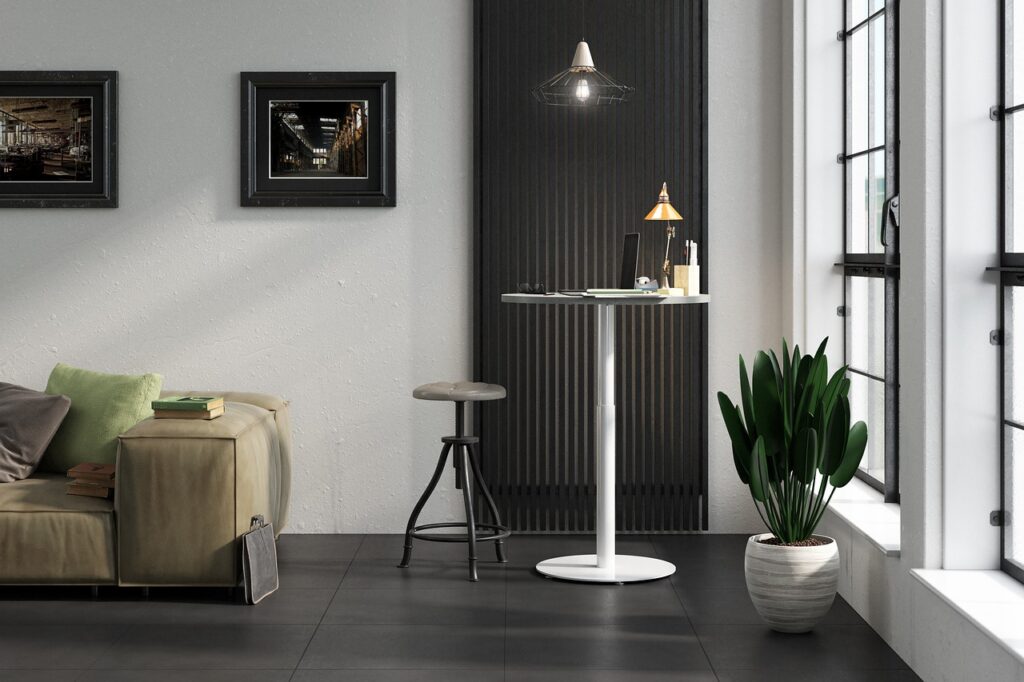Introduction
The workplace has evolved faster in the past three years than in the previous three decades. With hybrid work models becoming a long-term reality, companies are no longer designing offices around rows of desks. Instead, organizations are prioritizing flexible, human-centric, hybrid-ready workspaces that support collaboration, focus work, community building, and employee well-being. In 2025, workspace optimization is shifting from maximizing occupancy to intentionally shaping environments that enable people to do their best work—whether they visit the office daily or only a few days a week.
Why Workspace Optimization Matters in the Hybrid Era
Optimizing offices for hybrid teams delivers measurable business and cultural value. Employees today expect environments that work for their roles, working styles, and energy levels. Leaders also see workplace design as a strategic tool to strengthen retention, reduce real estate costs, and attract top talent. A hybrid-optimized workspace:
- Enhances employee focus and performance
- Encourages stronger teamwork during in-office days
- Reinforces company culture and shared identity
- Improves cost-efficiency through smarter utilization
- Supports future growth through adaptable layouts
Hybrid-Ready Office Design: Key Strategies
Activity-Based Zoning:
Modern hybrid offices eliminate fixed seating and embrace zoned environments—including deep-focus quiet areas, collaboration lounges, brainstorming rooms, and social cafés. Employees choose the zone that best aligns with their tasks, improving autonomy and productivity.
Flexible, Modular Furniture:
Adaptable furniture systems, including movable partitions, reconfigurable desks, and dynamic meeting setups, allow spaces to shift instantly from individual work to group sessions. This flexibility prevents underutilized space and supports changing team needs.
Smart Workspace Technology:
Tech-enabled office design is essential for hybrid operations. Tools like desk booking systems, IoT occupancy sensors, and AI-driven space analytics ensure every square foot is used effectively. Hybrid meeting rooms with seamless video collaboration eliminate remote vs. in-office communication gaps.
Collaboration-First Design:
Since employees visit the office primarily for connection, hybrid-ready offices emphasize huddle zones, collaboration pods, and mixed-reality meeting rooms—making teamwork more intentional and energizing.
Wellness-Centered Environments:
Biophilic elements, ergonomic workstations, natural light, acoustic balance, and calming breakout zones support cognitive and emotional well-being, reducing stress and enhancing creativity.
Case Example
A Noida-based IT firm partnered with a workplace design consultancy to implement modular workstations, hot-desking, and IoT-based occupancy tracking. Within three months, they reduced unused desk space by 35% and reported a significant rise in collaboration and employee satisfaction, proving the business case for hybrid workspace optimization.
Benefits of Hybrid-Optimized Workspaces
A future-ready hybrid office offers:
- Higher productivity through purpose-fit environments
- Better space utilization and reduced real estate waste
- Stronger team culture and cross-functional collaboration
- Future scalability as workforce size evolves
- Improved talent attraction & retention
Practical Recommendations for Companies
Organizations can begin transforming their spaces by:
- Conducting workplace usage and behavioral studies
- Introducing modular layouts and flexible seating systems
- Integrating digital collaboration tools and hybrid meeting tech
- Creating inspiring, culture-driven spaces that people want to return to
Conclusion
Hybrid work isn’t a temporary phase—it’s the future of how organizations operate. Companies that redesign their offices to be flexible, tech-enabled, and human-centered will unlock stronger collaboration, innovation, and long-term performance.
👉 At AirBrick Infra, we help businesses create hybrid-ready, high-performance workspaces where people love to work and companies thrive.
Frequently Asked Questions
Ques 1 : What is hybrid workspace optimization?
Ans 1 : Hybrid workspace optimization is the strategic design of office environments that support both remote and in-office employees through flexible layouts, smart technology, and activity-based zones.
Ques 2 : Why is workspace optimization important in 2025?
Ans 2 : It reduces real estate waste, improves productivity, enhances employee well-being, and strengthens company culture, especially in hybrid work models.
Ques 3 : How does modular furniture support hybrid offices?
Ans 3 : Modular systems allow quick reconfiguration for team meetings, solo work, or collaborative sessions, improving space efficiency and versatility.
Ques 4 : What technology is essential for hybrid-ready workplaces?
Ans 4 : Desk booking apps, IoT occupancy tracking, digital collaboration tools, and hybrid meeting room systems are critical for seamless communication and space planning.
Ques 5 : How can a company start optimizing its hybrid workspace?
Ans 5 : Begin with space utilization studies, update layouts to activity-based zones, invest in ergonomic furniture, and integrate hybrid collaboration technology.
Summary
Hybrid work has permanently reshaped workplace expectations. Instead of maximizing desk capacity, companies in 2025 are focusing on hybrid workspace optimization, ensuring offices support collaboration, focus work, and employee well-being. Optimized hybrid offices are built around activity-based zoning, offering different environments for quiet work, brainstorming, and social interaction. Modular furniture makes spaces reconfigurable, while smart workspace technology like desk booking systems and IoT sensors ensures efficient space utilization. Collaboration is central, with hybrid meeting rooms and huddle zones enabling seamless interaction between remote and in-office employees. Wellness-driven design adds biophilic elements, acoustic balance, and ergonomic furniture for healthier performance.
A case study from a Noida-based IT company demonstrated a 35% reduction in unused space and improved employee satisfaction after adopting flexible, data-driven design. Hybrid-optimized workplaces deliver higher productivity, stronger culture, and reduced real estate costs while preparing organizations for future workforce changes.
Companies can begin by studying space usage, redesigning layouts for flexibility, and integrating digital collaboration tools. The future belongs to organizations that create flexible, human-centric, tech-enabled offices where people choose to work—not because they have to, but because the space enables their best performance.





